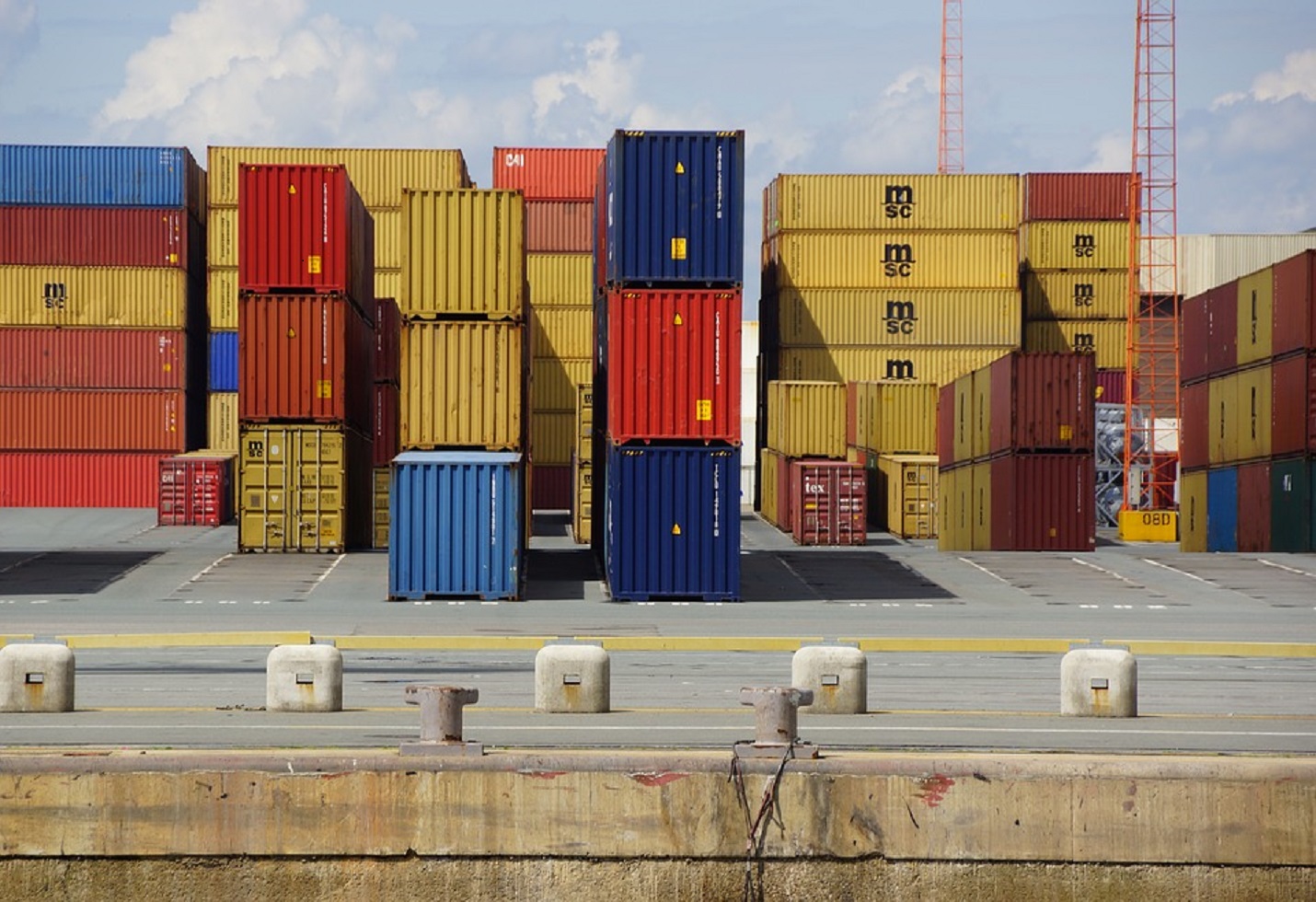IPO Watch: Vikran Engineering, Anlon Healthcare GMPs Signal Strong Gains
An In-Depth Analysis of Grey Market Sentiment and Subscription Trends for Two Highly Anticipated IPOs in August 2025
Introduction
The Indian IPO market has been abuzz with activity in August 2025, with Vikran Engineering and Anlon Healthcare emerging as key offerings capturing investor interest. As these IPOs progressed through their subscription windows, the grey market premiums (GMPs) associated with them have become a key indicator for potential listing gains. This article delves into the details of the GMPs, subscription data, and key highlights for both IPOs, providing investors with insights to navigate the upcoming listings slated for early September.
Vikran Engineering IPO: Market Sentiment and Subscription
Vikran Engineering, a prominent player in the Engineering, Procurement, and Construction (EPC) sector, launched its IPO with a price band set between ₹92 and ₹97 per share, aiming to raise approximately ₹772 crore. The IPO includes a fresh issue worth ₹721 crore and an offer-for-sale of ₹51 crore by promoters.
Grey Market Premium (GMP) Trends
The grey market premium for Vikran Engineering’s IPO showcases robust investor enthusiasm. As of August 27-28, 2025, GMP hovered around ₹10-₹13 per share, which translates to an approximate 10-13% premium over the upper price band of ₹97. This suggests the IPO could list around ₹107-₹110 per share, indicating solid listing gains for investors seeking short-term profits.
Earlier in August, Vikran’s GMP peaked at ₹25 per share, underscoring the volatility and shifting investor expectations in the grey market. However, the trend stabilized closer to ₹10-₹13 as the subscription window progressed.
Subscription Status
On Day 2 of bidding, Vikran Engineering’s IPO was subscribed approximately 2.5 to 4 times overall, depending on the data source. Non-Institutional Investors (NIIs) led the charge with subscriptions soaring over 6-8 times, retail investors contributed about 4 times, and Qualified Institutional Buyers (QIBs) lagged slightly with around 60-70% subscription levels.
The subscription momentum positions Vikran Engineering favorably as it closes its bid window on August 29, 2025, with allotment finalization slated for September 1 and listings planned for September 3 on NSE and BSE.
Anlon Healthcare IPO: Comparative Grey Market Outlook
While Vikran Engineering’s IPO garnered significant GMP attention, Anlon Healthcare also attracted market participation, though with relatively lower grey market premiums and subdued subscription activity in comparison.
Most recent data point towards Anlon Healthcare’s GMP hovering below ₹5-₹7, signaling modest listing gains versus Vikran Engineering’s stronger premium range. This difference can be attributed to Vikran Engineering’s sector mix, stronger investor confidence, and the EPC sector’s growth prospects compared to Anlon Healthcare’s business profile.
What Does GMP Indicate for Investors?
The grey market premium serves as an informal gauge of an IPO’s demand and expected listing performance. A higher GMP usually indicates strong demand for the shares and the likelihood of listing above the issue price, translating into immediate profits for investors.
For Vikran Engineering, the GMP around 10-13% signals attractive potential gains, bolstered by:
• Strong fundamentals and steady growth in the EPC sector.
• ₹916 crore FY25 revenue base with improving profitability.
• Diversified business footprint spanning power, water, and railway infrastructure.
For Anlon Healthcare, the GMP’s relatively modest range suggests a more cautious investor approach, potentially offering steadier returns with lower listing price volatility.
Key Dates and Technical Details
Investors should note the following key dates for both IPOs:
• Closing Date: August 29, 2025
• Allotment Date: September 1, 2025
• Refunds and Credit to Demat: September 2, 2025
• Listing Date: September 3, 2025
The minimum investment for retail investors varies depending on the lot size, with Vikran Engineering requiring a minimum bid of 148 shares (~₹14,356 at upper price band).
Risk Factors and Market Volatility
While GMPs provide useful guidance, they are unofficial and can fluctuate with changing market sentiments and news. IPO investors should consider factors such as sector dynamics, financial health, management quality, and market conditions before placing bids.
Since the grey market is unregulated, its prices don’t always mirror actual listing outcomes. Prudent investors view GMP as one of several tools to gauge IPO interest but rely on detailed fundamental analysis for investment decisions.
Conclusion
Vikran Engineering’s IPO stands out as a potentially rewarding investment opportunity with a grey market premium signaling listing gains between 10% and 13%. Its robust subscription numbers underscore strong investor appetite. Anlon Healthcare’s IPO, though promising, is witnessing more moderate investor sentiment as reflected in its lower GMPs.
As both IPOs prepare for listing in early September, investors are advised to weigh the grey market signals alongside comprehensive company fundamentals and broader market trends to make well-informed choices.
The image added is for representation purposes only










